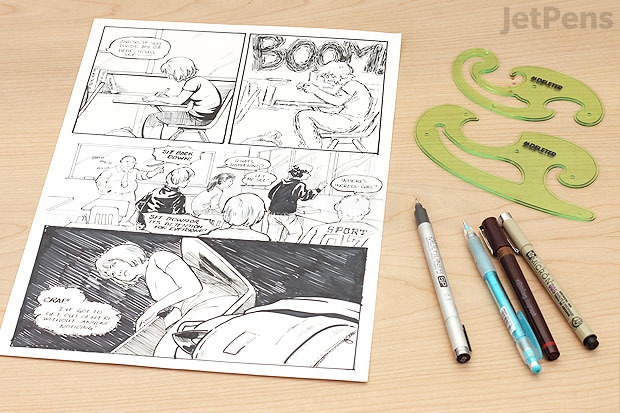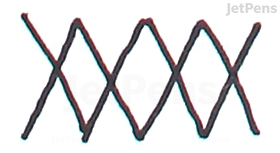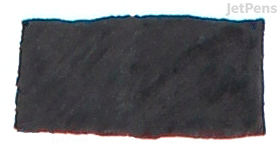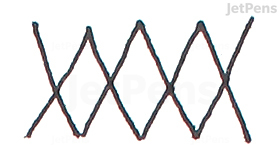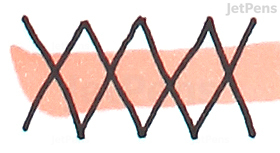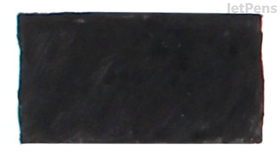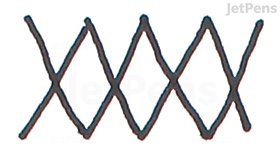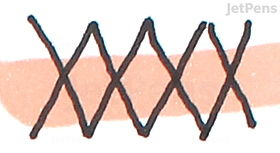Reusable metal-tipped pens need to be cleaned periodically to prevent any buildup of dried ink. We recommend cleaning your pens about every two weeks if you are using them regularly, whenever you change inks, or any time they aren’t working properly. You should also clean out any ink that’s left in your pens if you don’t plan to use them for a while to prevent dried ink from clogging the narrow pen tips.
If your pen came with cleaning instructions, follow them when maintaining your pen. The process is similar to cleaning a fountain pen, but you need to be extra careful not to damage the delicate nib. If your pen did not come with cleaning instructions, this process should do the trick:
1. Disassemble
Disassemble all the parts except the nib. We do not recommend disassembling the nib as this may void the pen’s warranty and risks bending the internal wire.
2. Rinse
Rinse the nib and any other soiled parts with water until no more ink comes out. If you are doing this at a sink, make sure to plug the drain to avoid losing small pieces.
3. Soak
Soak the pen parts in a cup of water. Keep changing the water as it becomes saturated with ink until it stays clear for an hour. You can purchase special cleaning bulbs for some pens that force water through the tip to clean it more thoroughly, similar to flushing a fountain pen with a converter.
4. Dry
Allow all of the parts to dry completely before filling them with ink and reassembling the pen. You can speed this up by tapping the parts gently to remove excess moisture and drying them with q-tips. Do not tap the pen tip against anything or you will damage it.























